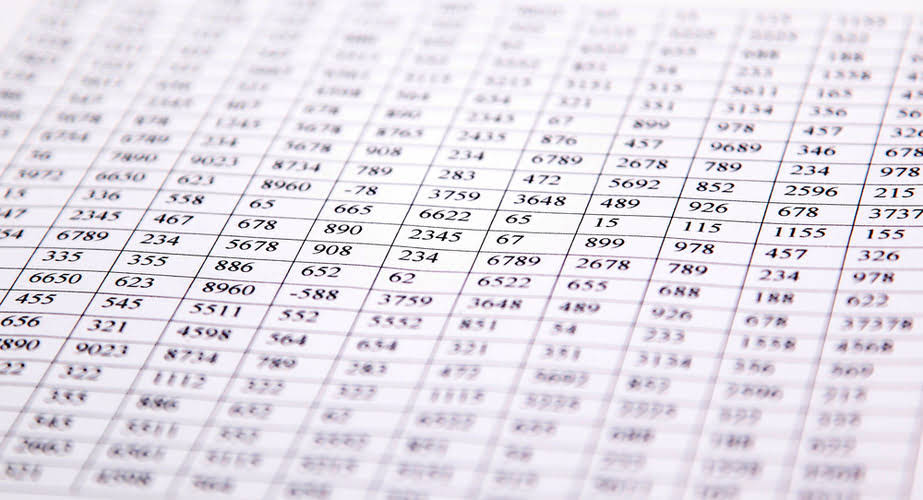
A score of 0 to 3 would suggest a centralized decision (take the decision) and a score of 4 to 6 a decentralized decision (delegate the decision). It keeps the process moving and highlights effective decentralized decision-making by illustrating that not every decision is appropriate for decentralization at any node in the chain. Too much escalation however, signals a weak decision-making process and a lack of delegated authority. No escalation is not a sign of perfection; rather, it may indicate that people may be making decisions beyond their purview or are simply taking orders that are not to be questioned. Understanding how decisions are made helps knowledge workers approach the decision-making process more clearly and intentionally. And while it’s motivating for a knowledge worker to be empowered to make the decisions needed to move forward, empowerment can be sustained only when those who make these decisions act responsibly.
Failure Mode And Effects Analysis
Even those businesses that do make decisions at the right level, however, complain about slow and bad outcomes. Escalating decisions can also reflect deeper challenges in the organization’s culture. For example, if an underling learns that over time when the boss says, “You should make that decision,” she really means, “so long as you make the same decision I would have made,” then decisions are sure to bubble up. Similarly, in corporate cultures that punish mistakes, there is little upside in making a decision that turns out to be right—and lots of downside if it’s wrong. No one’s decisions are always 100% accurate, even if you use all the right models.
Mendelow Stakeholder Matrix
These may be appropriate for the decision-maker to ‘take’ to achieve those benefits. Sometimes, the needed information is not readily available to the decision-maker. Indeed, the practice of Set-Based Design and SAFe Principle #3 – Assume variability, preserve options, gives insights into the economic basis for deferring a decision. This is all well and good up to the point of the LRM— the moment when the cost of not taking a decision exceeds the cost of making a potentially wrong decision.
Hustle Badger Resources on Amazon
They often provide good tips, but they fail to consider a holistic view of the organization. In a global agricultural company, for example, the members of the executive committee https://www.bookstime.com/ tended to speak up only if their particular area of the business was being discussed. The tacit assumption was that people wouldn’t intrude on colleagues’ area of responsibility.

Managers sometimes skip the last step in the decision-making process because evaluating the effectiveness of a decision takes time, and managers, who are generally busy, may have already moved on to other projects. When we fail to evaluate our own performance and the outcomes of our decisions, decision making framework we cannot learn from the experience in a way that enables us to improve the quality of our future decisions. The S.P.A.D.E framework offers a systematic approach to decision-making that enhances transparency, stakeholder engagement, and the quality of decisions made within organizations.
- The ideal in our experience are hands-on and delegating leaders who coach, challenge, and inspire their reports, are there to help those who need help, and stay well clear of actually making the decision.
- A decision tree is a flowchart showcasing your choices and their likely consequences.
- The remaining two decisions are less frequent and have economies of scale.
- Instead, they provide a common setting for decisions to be made and a process that should create speed and consistency while still covering all the bases.
- And, when it comes to decision making, in particular, it can also serve as an extremely useful and insightful tool for auditing how decisions are currently being made.
The OODA Loop Model

You can also get people to explicitly confirm their commitment in a document, like the commitment table in the DECIDE framework template. Either way, people are much more likely to follow through on their commitments when they are made explicitly and publicly. You should now socialize your completed DECIDE framework with the group, and gain recommitment to all the stages in the process. While few of us are involved with the extreme assignment of operating nuclear submarines, the point is the same.
Optimizing team resources
For each option being considered, you’ll want to call out the pluses and minuses of each choice, as well as any potential risks or trade-offs that come with it. Because most models of organizational decision-making are either too simplistic, too narrow or both. They focus, for example, on improving (or eliminating) processes, on avoiding cognitive biases, or on using data to drive decisions.
- Firstly, it helps ensure that you make a good decision by taking the time to evaluate options thoroughly.
- Defined processes for making decisions as a team ensure the questions about roles and responsibilities are addressed during the process definition phase and the kick-off of any particular project.
- The case study delves into strategic transformation and leadership transitions at Unilever since 2009.
- This approach balances the need for agility with the ability to course-correct based on tangible results.
- For example, a lot of your efforts may revolve around finding high-quality sales prospects.
When a decision is easily reversible, or relatively unimportant then it’s more important to decide quickly than be 100% right. Furthermore, new information constantly emerges in solution development, presenting challenges and opportunities to add value. This dynamic nature of the work affects decision-making by altering the available options, their impact, and the situation’s urgency. As a result, the balance between centralized and decentralized decision-making must be adjusted regularly. It is important to note that mistakes from poor decisions can have severe consequences for the customer and the business. Viewing them as ‘learning opportunities’ does not diminish their impact.

